Ideal Home in the 1940s – digging for victory and upside-down living
To mark our 100th anniversary, we're looking back through our archives to see what we were covering in Ideal Home during the 1940s.
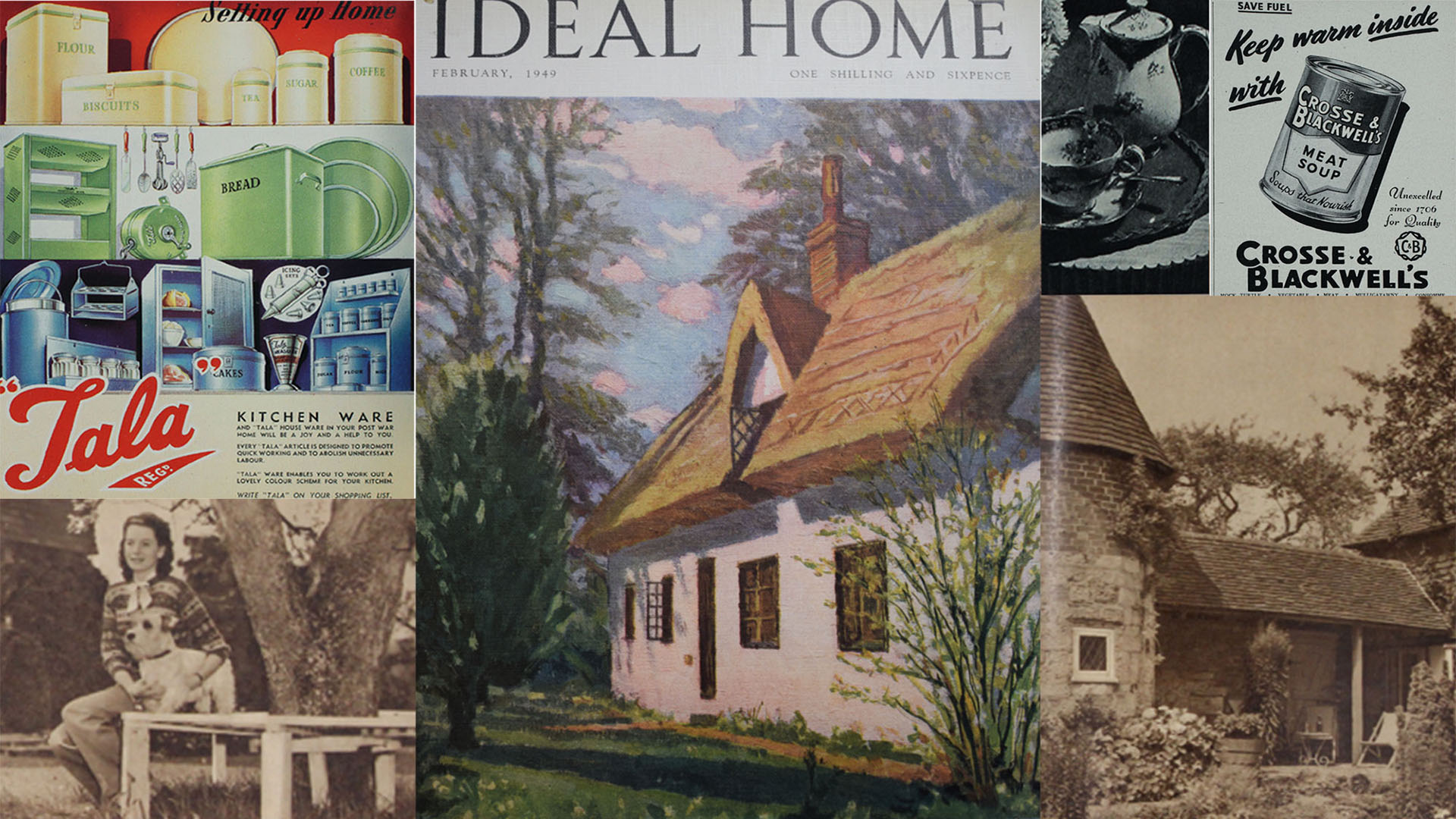
It’s the 1940s and twenty glorious years of Ideal Home has already passed. But as the decade begins, the country is already embroiled in a world war and it dominates our pages.
The Second World War puts a halt to everyday life and disrupts society. But, in true British fashion, life goes on. We tried to capture a wartime spirit of endeavour and thriftiness throughout our nation's eclectic range of homes, from grand townhouses to rickety terraces.
Houses in the 1940s
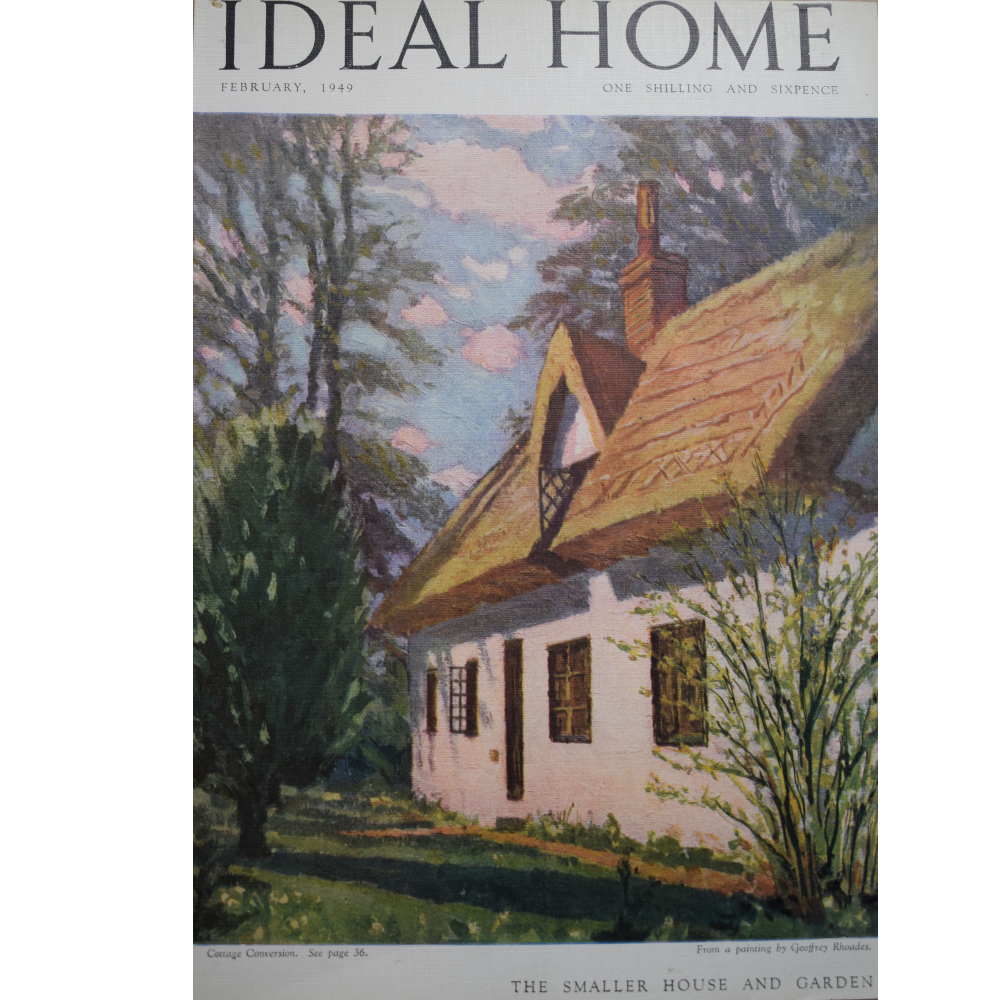
Looking back on the 1940s issues, it's clear we get a real glimpse into the problems homeowners faced during the Second World War. Many were forced to make drastic changes to their house, just to survive war - from creating space to grow food to repairing their house from bomb damage. So, naturally, Ideal Home offered friendly, helpful advice on how to do just that.
We're rounded up some of our favourite features from the decade, to shine a light on the topics we were discussing in detail.
1. In war time, upstairs goes downstairs
As homes were at threat of getting bombed and having ceilings and upper levels destroyed, we suggested a workaround. For a regular two-storied home, we suggested putting bedrooms into the lower half of the house. We can’t be certain of this, but maybe this sparked a trend of the ‘upside-down house’ for generations of British homes.
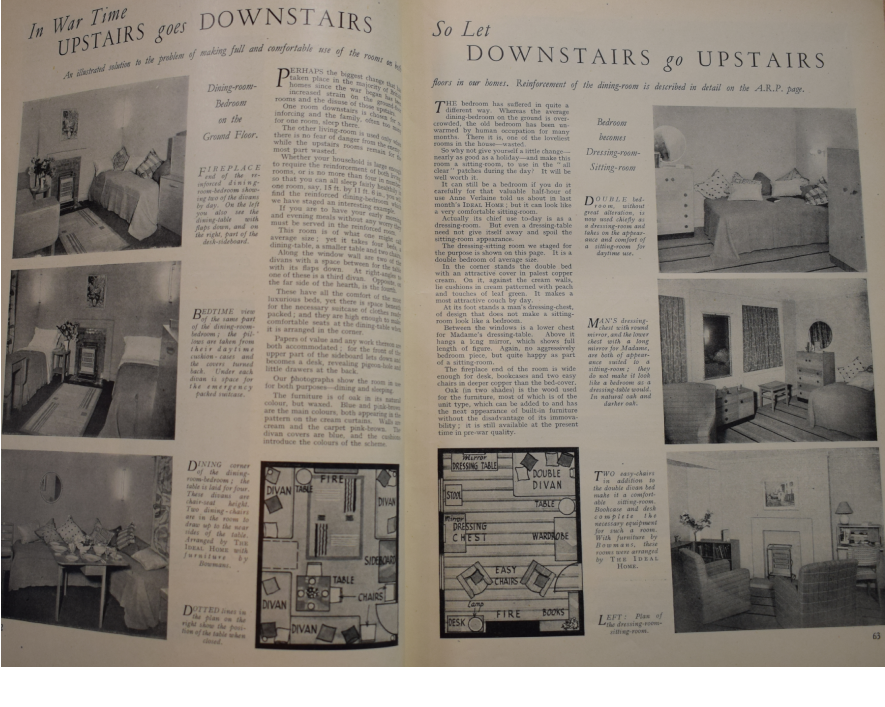
2. Decorating takes a back seat
A year into the second world war, people were already displaced, leaving the cities to escape the war. So there wasn't much movement in the property market.
In our January 1941 edition, the beginning of one article entitled ‘Do Not Let your Bedroom Go’ reflects how the war affected all homeowners, regardless if they lived in targeted areas. It says, ‘Even those who live in areas where no alarms are heard, and who can sleep in their bedrooms every night, have adopted the attitude that the house must “go” until after the war.’
Get the Ideal Home Newsletter
Sign up to our newsletter for style and decor inspiration, house makeovers, project advice and more.
And of course, the Ideal Home editors encouraged readers, even then, to make their rooms a sanctuary. 80 years later, and we are still giving that advice.
3. Homes must be abandoned due to bomb damage
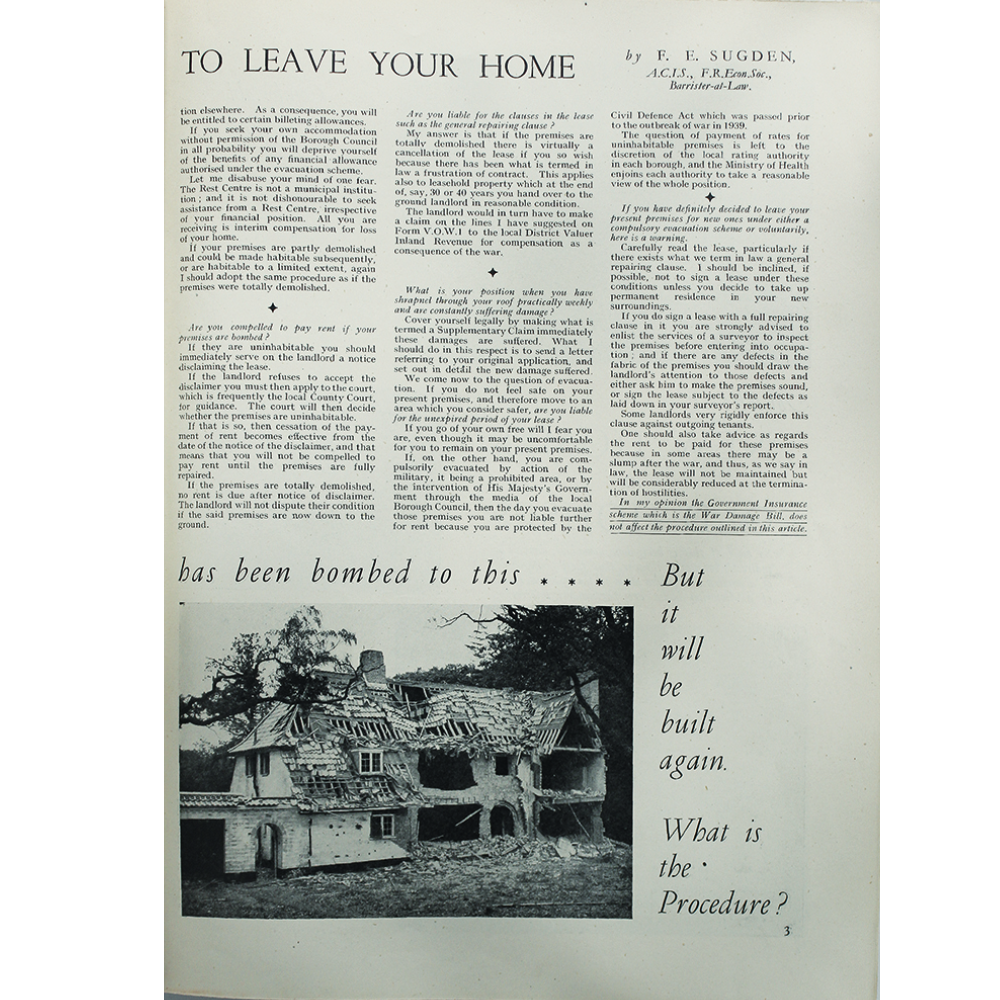
This feature gave readers all the information they needed in the event that their property or rented home was bombed during wartime.
4. Gardens become allotments
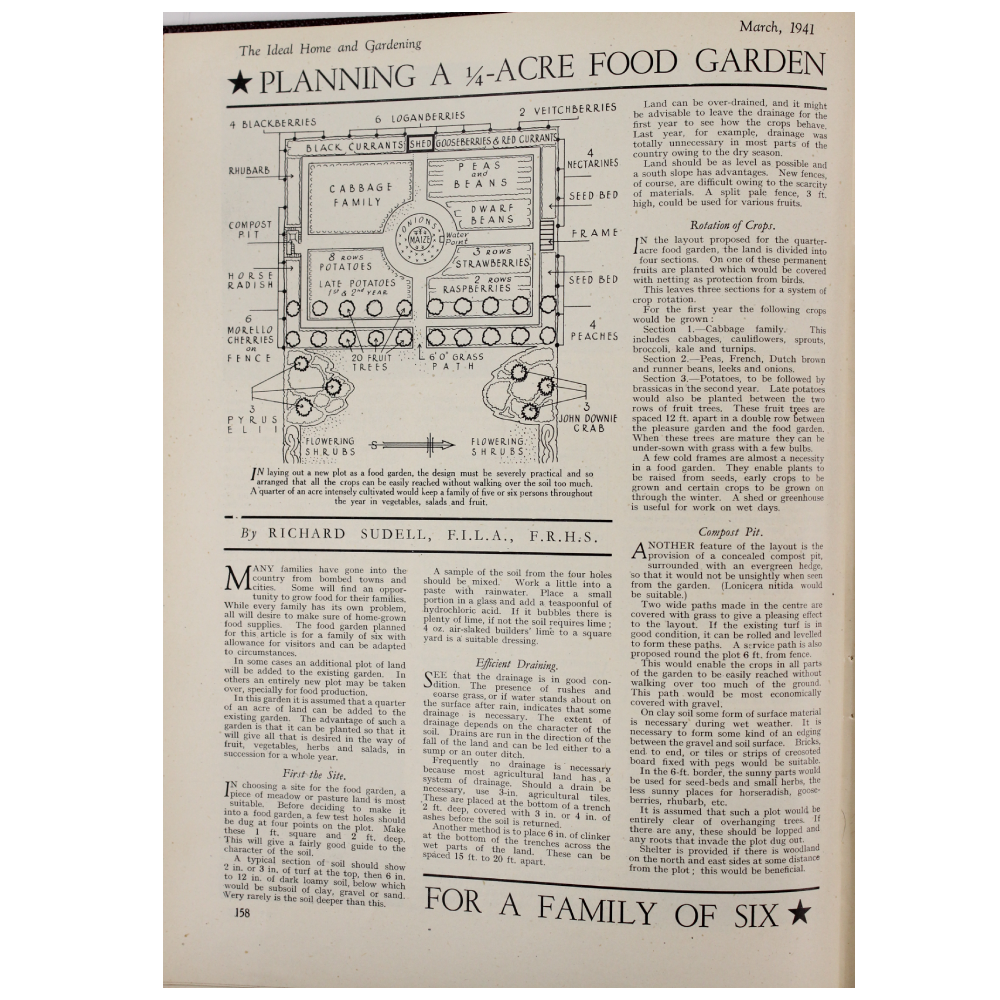
As part of the war effort, the Ministry of Agriculture encouraged us to grow our own food, so gardens and public parks were turned into allotments. Ideal Home did its bit with these handy planting plans for the beginner.
Interior trends in the 1940s
The war made it difficult for people to have fun with interiors, but not impossible. Like today, homes across Britain are all shapes and size but, unlike today, the war had a big say on how rooms in the home were kept and designed in the 40s.
1. Air raid fashion becomes a thing
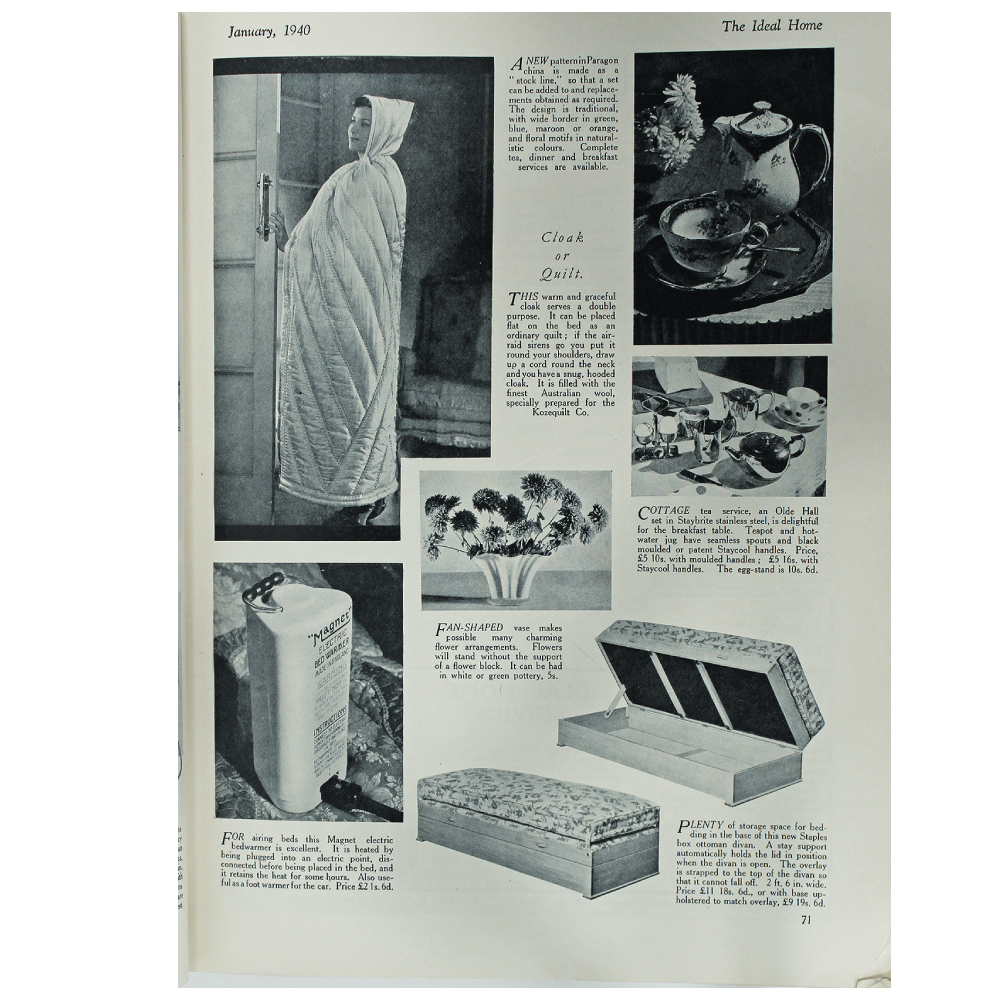
Ideal Home recommended this clever bed quilt in its shopping pages, designed to turn into a cosy hooded cloak to take the fashionista from bed to air-raid shelter without skipping a beat.
2. Colourful matching kitchenware brightens up worktops
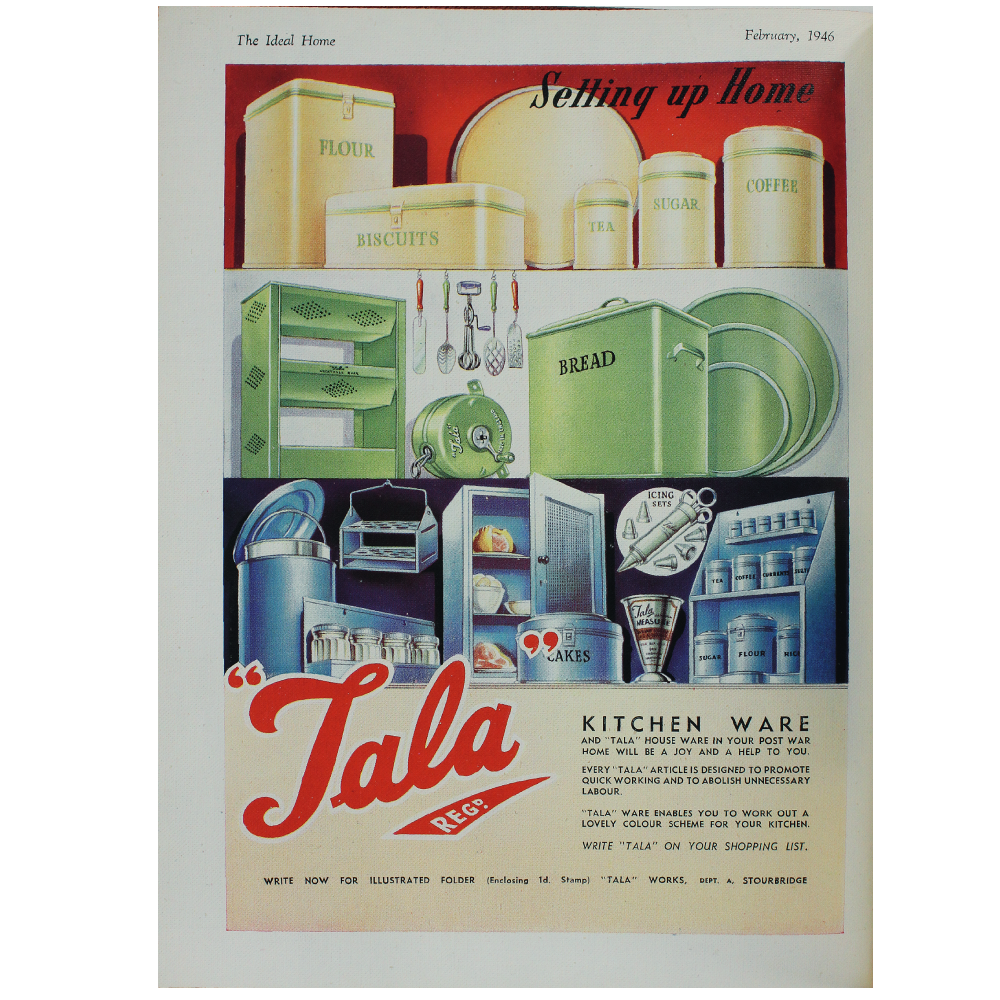
Young couples marrying and buying homes after World War Two might have been inspired by this bright and colourful advert for Tala kitchenware in our February 1946 issue. They might look familiar to you, too. That's because many of the products are still available today.
3. Celebrity homes influence our interiors
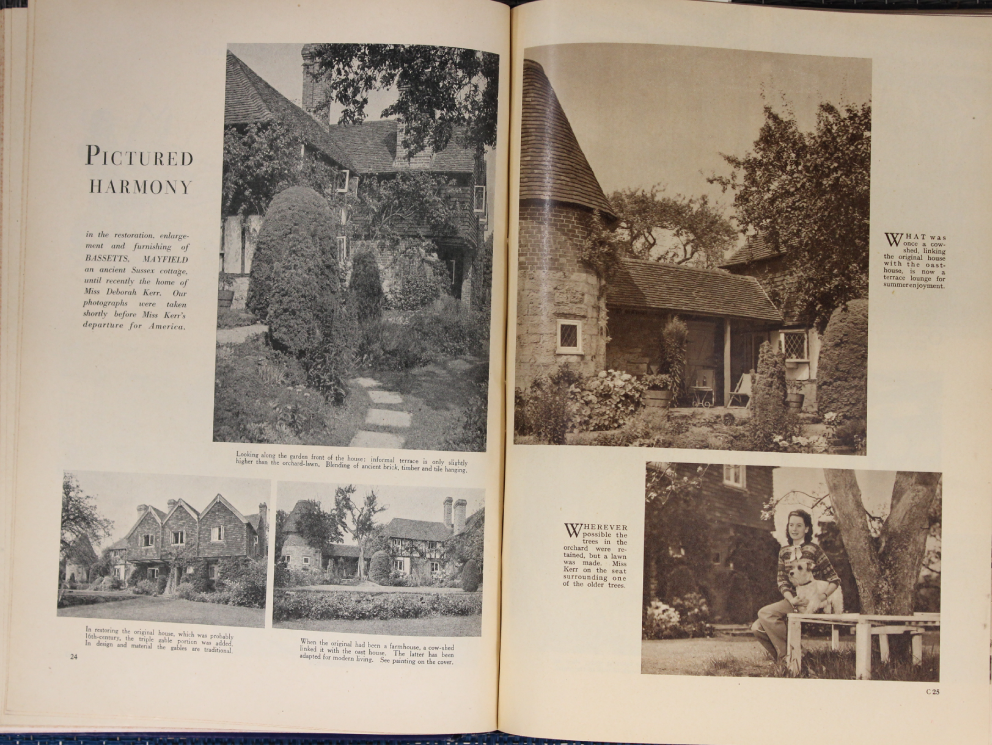
Long before Pinterest, Instagram and the rise of social media, Ideal Home was THE place to feature wonderful homes of the rich and famous. Ideal Home visited the peaceful Sussex retreat of Miss Deborah Kerr, just before the May 1947 release of Powell & Pressburger’s extraordinary Black Narcissus.
Appliances and technology in the 1940s
Throughout the forties, Britain was experimenting with new appliances for every room in the house and we were on the scene to cover them.
1. Portable heating makes it easier to stay warm
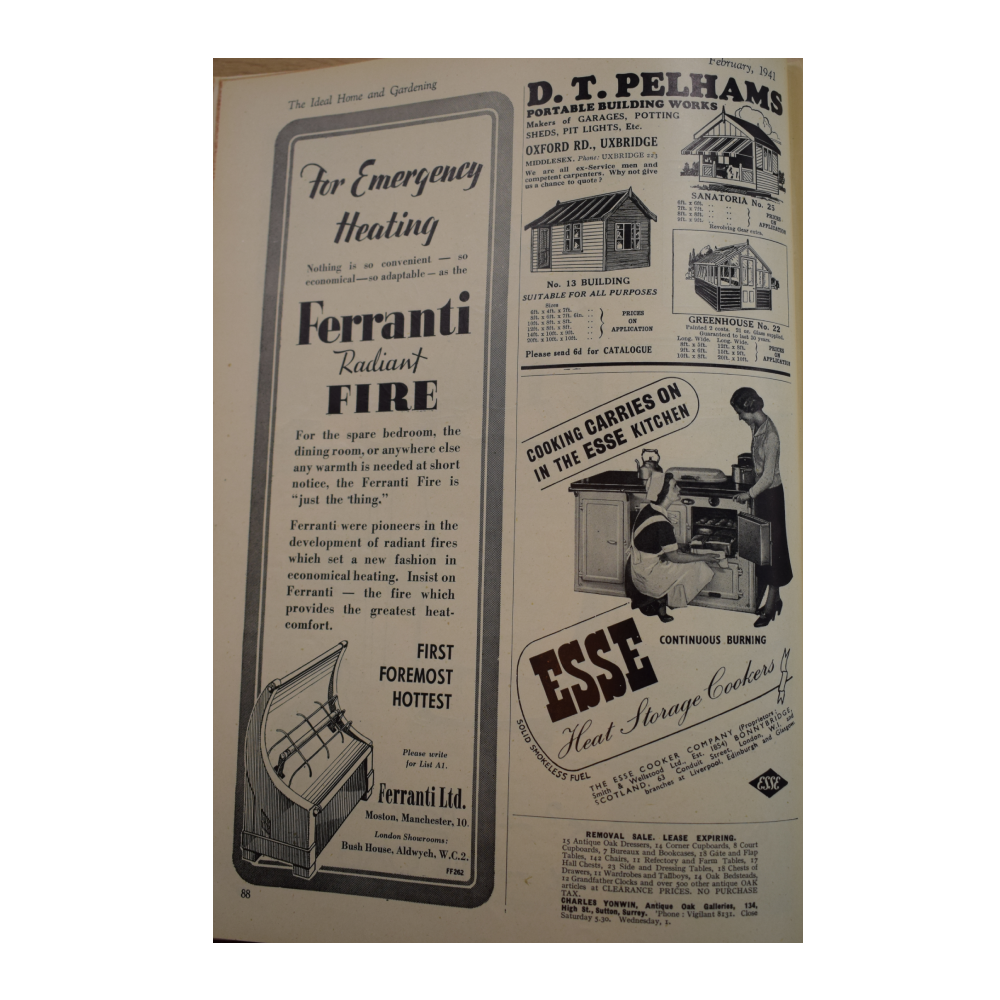
'For the spare bedroom, the dining room, or anywhere else warmth is needed, the Ferranti Fire is "just the thing",' says this advert for fashionable radiant fires.
Hot topics in Ideal Home
- In 1944 we were... eating a 'mystery' meat soup. Crosse & Blackwell wasn’t specifying exactly what meat was in this ration-years soup. We'll leave that one to your imagination…
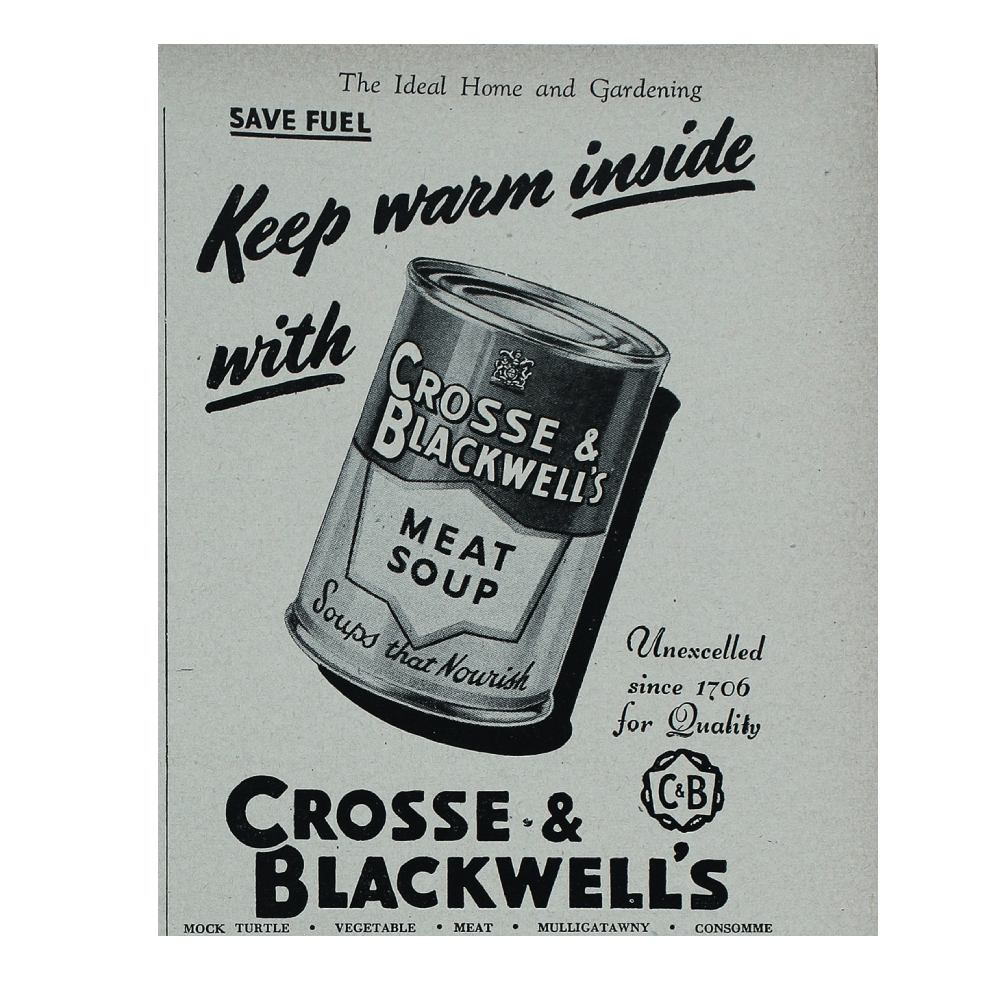
- In 1945 we were... cooking with powered eggs. A shortage of fresh eggs led the government to boost rations with dried egg powder from the USA, so the Ministry of Food took out this ad in Ideal Home with a recipe to tempt the sceptical British public.
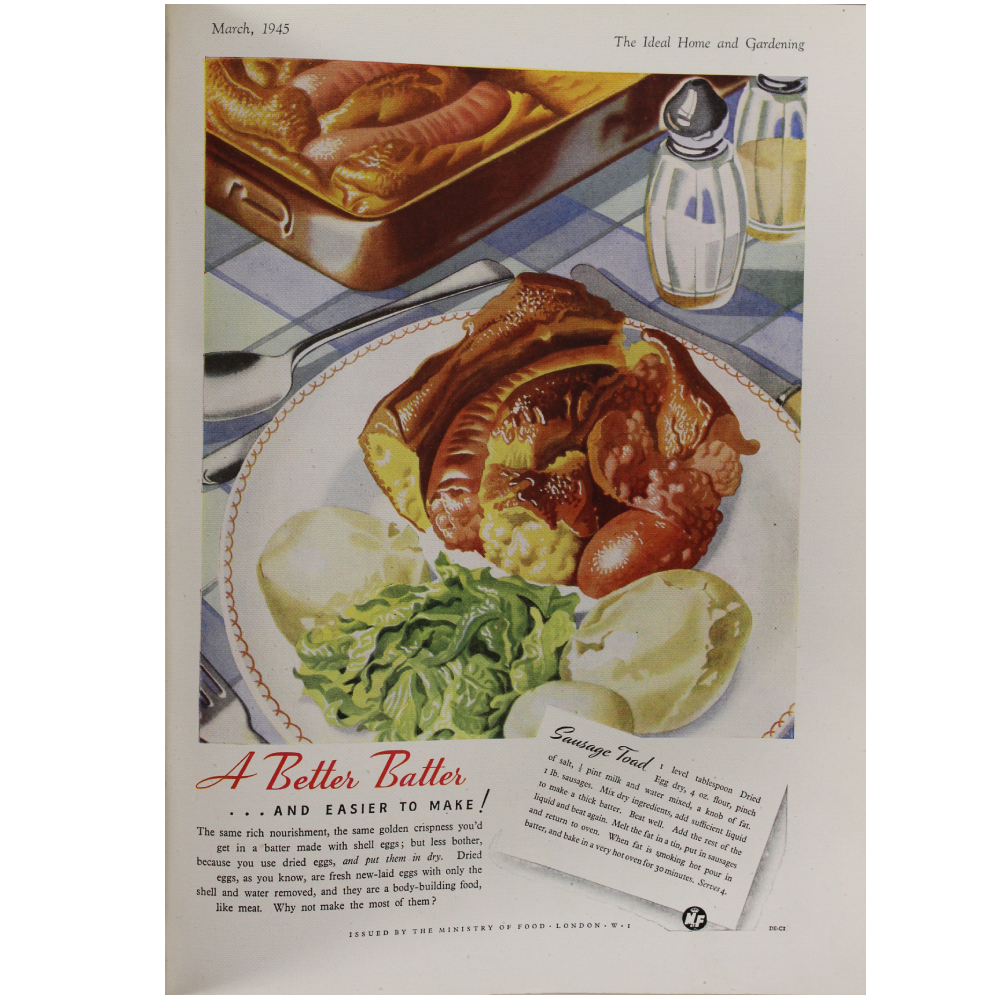
-
 I’m seeing pastel garden furniture at all my favourite brands this spring, but QVC’s sorbet collection impressed me the most
I’m seeing pastel garden furniture at all my favourite brands this spring, but QVC’s sorbet collection impressed me the mostFresh pastel shades are a great way to liven up your outdoor space
By Kezia Reynolds
-
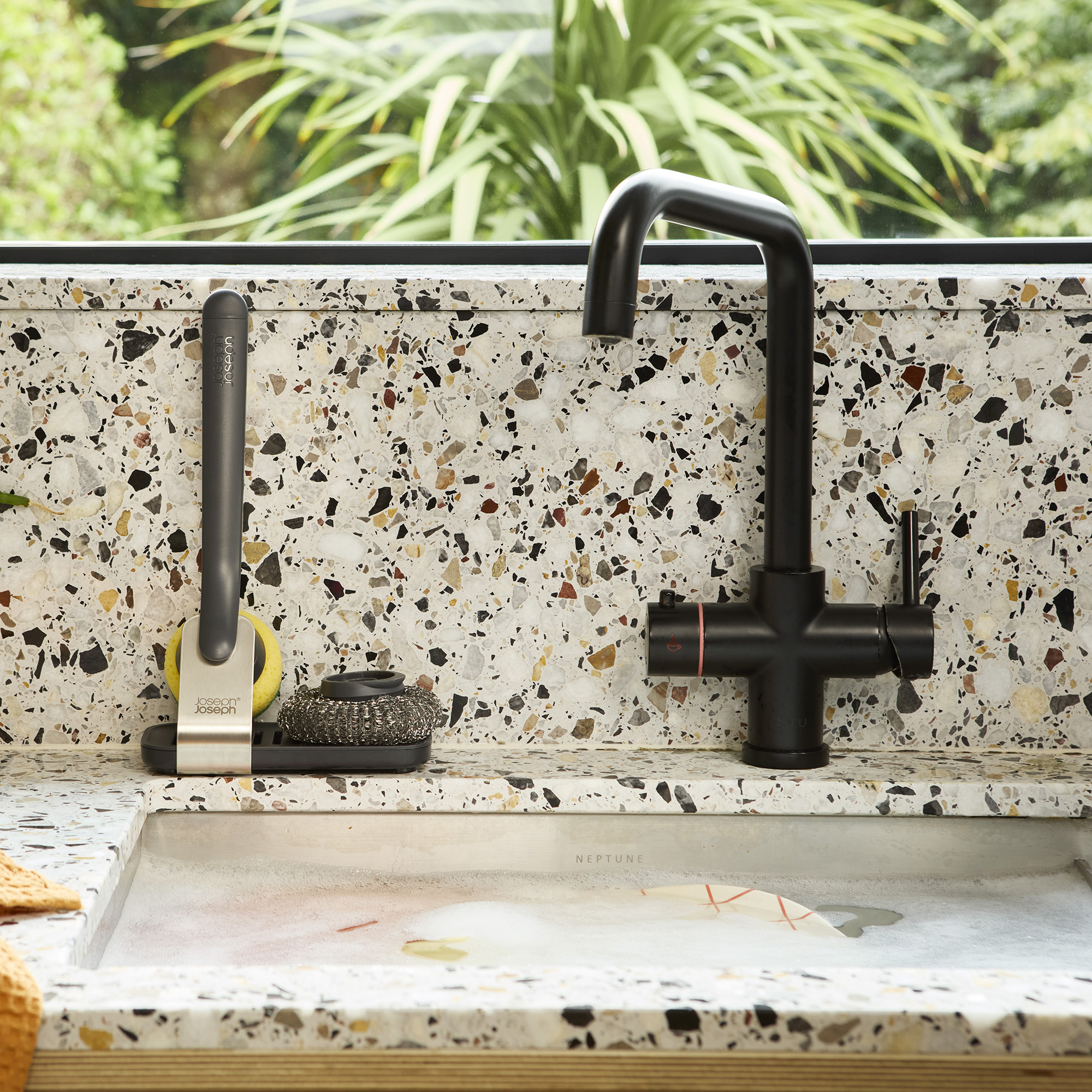 Don't tell my flatmates, but Joseph Joseph's clever new sink range finally made me enjoy washing up
Don't tell my flatmates, but Joseph Joseph's clever new sink range finally made me enjoy washing upI didn't know stylish washing up accessories existed until I saw this collection
By Holly Cockburn
-
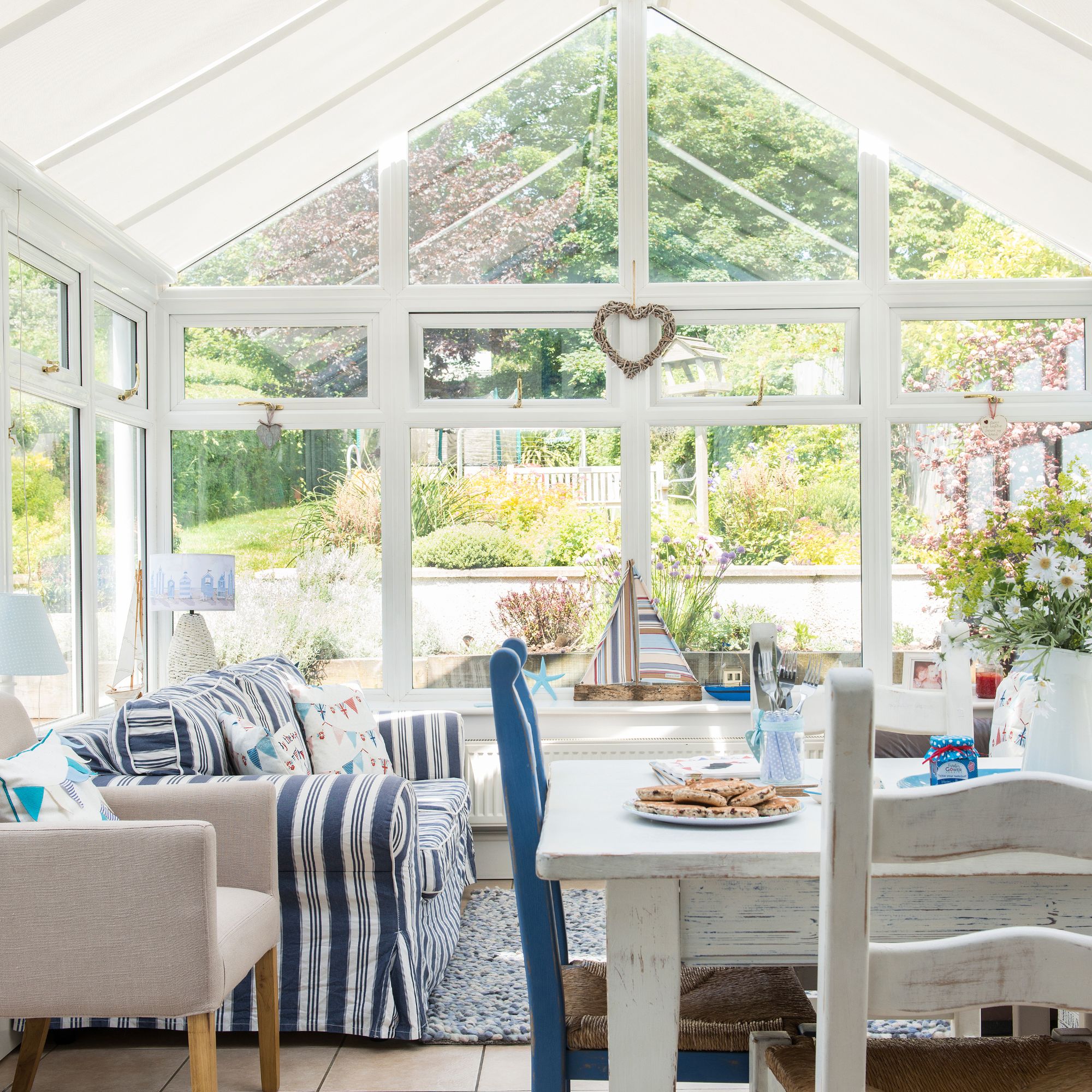 Is it cheaper to build an extension or a conservatory?
Is it cheaper to build an extension or a conservatory?One is usually cheaper, but it turns out that's not always the case
By Amy Reeves